Rhinoceros’ evolved approximately 55 million years ago and have not changed much since then.
There are five types of rhinos found in the world; African black and white rhinos, Indian, Sumatran, and Javan (Indonesia). 98% of black and white rhinos live in Kenya, Namibia, South Africa, and Zimbabwe.
Rhinos are the second largest mammal and can weigh up to 5,000 pounds. They are named for their giant horn in which they are being killed for.
It was only 150 years ago, the rhino population was estimated in the millions. Today the population is estimated at 27,431. Three rhinos are killed a day. The reason they are being killed is in some cultures, the keratin found in rhino horn is believed to contain magical powers to cure illnesses ranging from hangovers to cancer. On the black market, two pounds of rhino horn is worth up to $60,000. Not one ounce of rhino horn harvested from a rhino does anything to support humans.
Rhinos are a keystone species which means other species and the health of the ecosystem they are a part of largely depend on their presence. Rhinos eat only certain grasses which leaves other grasses for wildlife that would not be able to compete with the rhino for food and they create trails that serve as fire breakers in the wild.
When a keystone species is endangered, not only is the world at risk of a species going extinct, we ourselves suffer the loss because these animals contribute to health of our planet and our very existence. These animals contribute more per capita to the ecosystem than we do by their sheer existence.
Because of their rapidly declining population, here in the United States, there are currently eight states that have banned rhino horn from being sold.
In Africa, the International Anti-Poaching Foundation (IAPF), a non-profit conservation is on the frontlines to help protect the rhino population. IAPF believes in community-led conservation and helps to train and support game rangers in protecting and preserving the wildlife on over 4 million hectares of African wilderness.
It is difficult to digest these animals are getting killed because there are beliefs that a rhino’s horn has health benefits and some people may feel there is not much we can do to help stop their demise. We may not be on the front lines, but we can help in small ways that add up to bigger progress.
Here are some ideas to help preserve the rhino population:
1. Buy this coffee. A percentage of the profit goes towards IAPF Rangers fighting rhino poaching in South Africa and helps save rhino butt.
2. Post on social media what is happening to rhinos. It is a great way to spread awareness.
3. Donate. Organizations like IAPF, The African Wildlife Foundation, and Tusk Task Force are working towards a better tomorrow for the wildlife.
4. Contacting your state and federal legislators can go a long way for animal or environmental advocacy. Our legislators are the key to creating changes at the state and federal level to improve the quality of life for animals and improving environmental conditions. To contact your legislator, go to www.openstates.org, type in your zip code and you will get a listing of all of your state and federal legislators.
We all can make a difference. A small amount of effort can lead to bigger and better changes.
“Great things are done by a series of small things brought together.” Vincent Van Gogh


